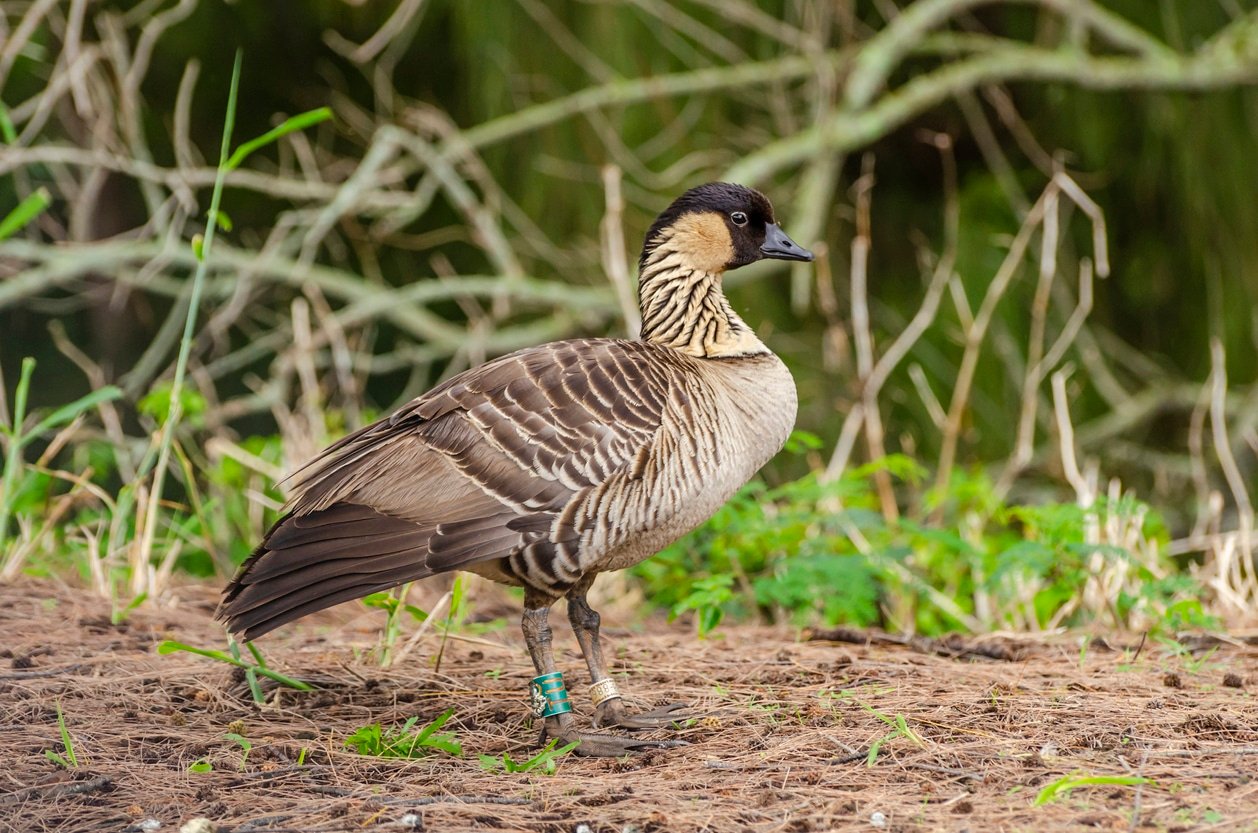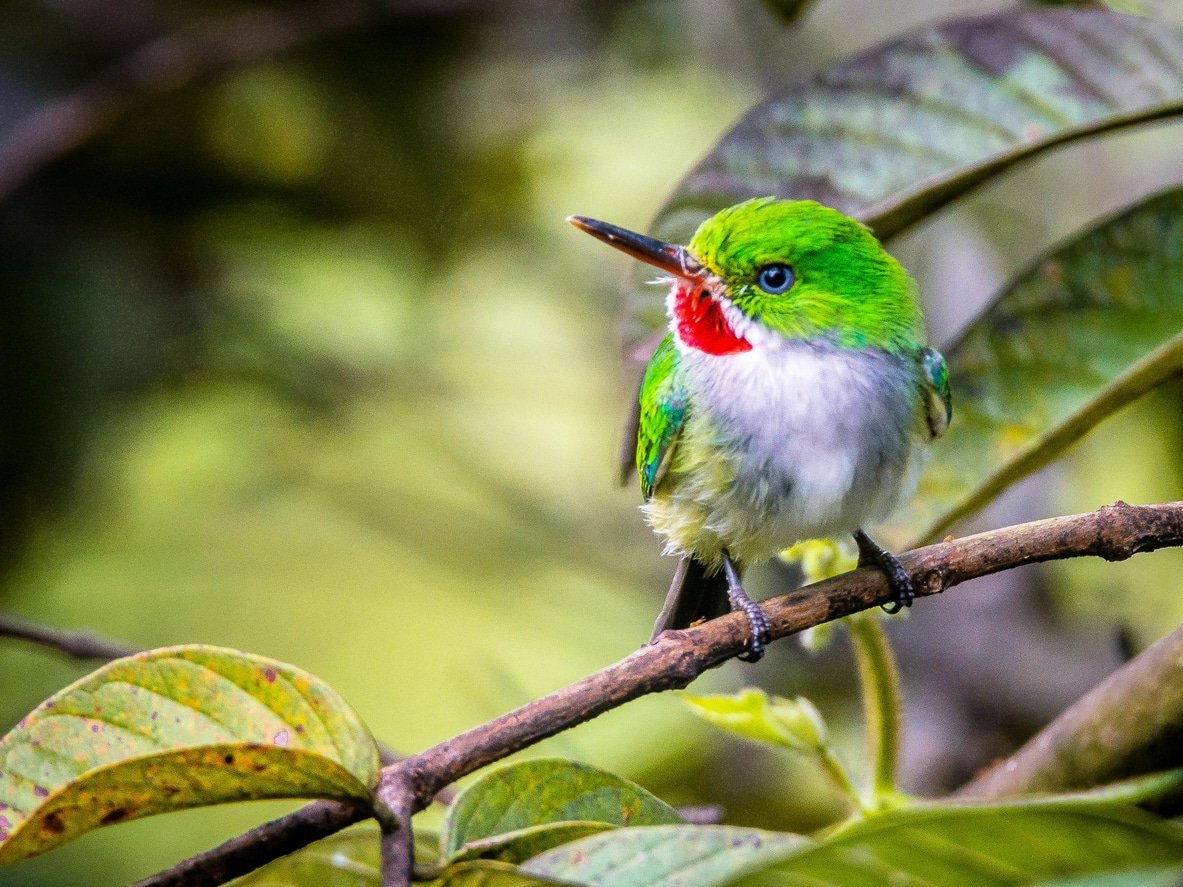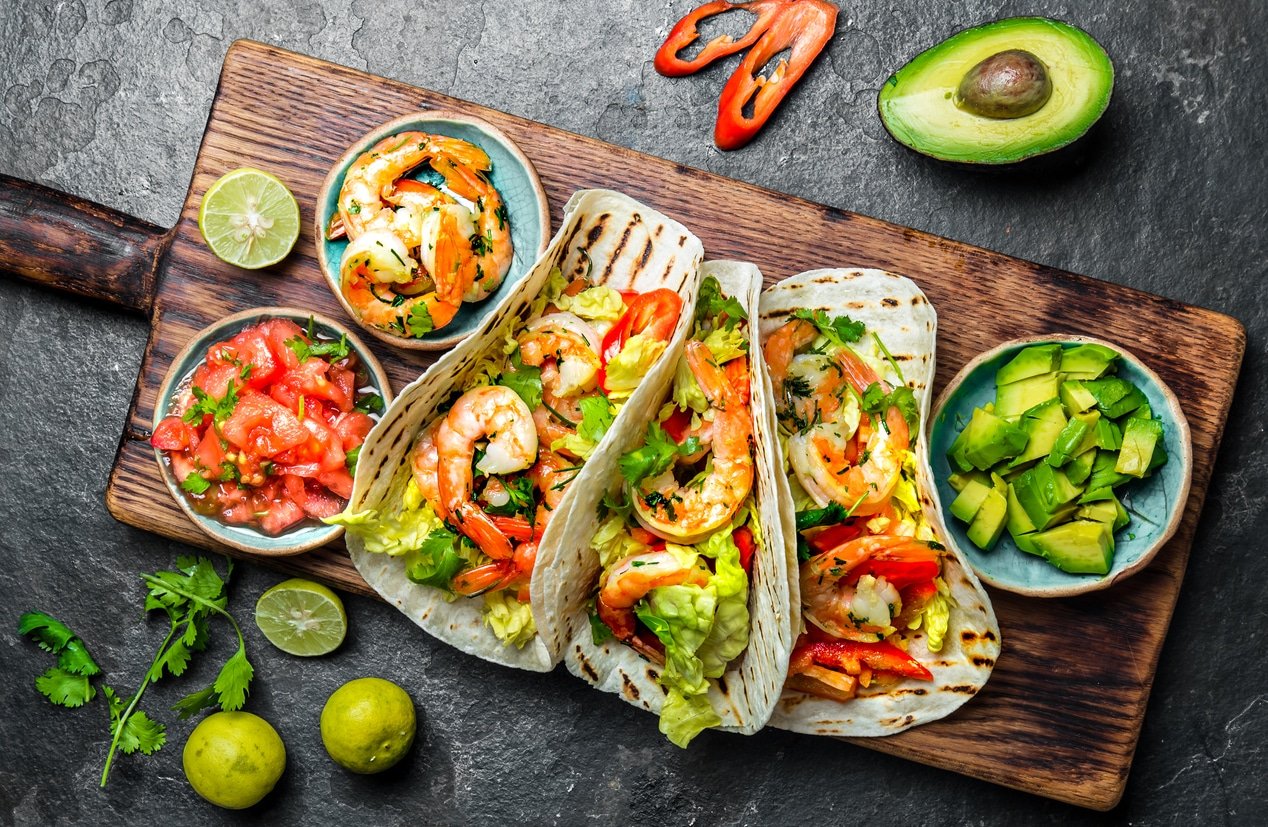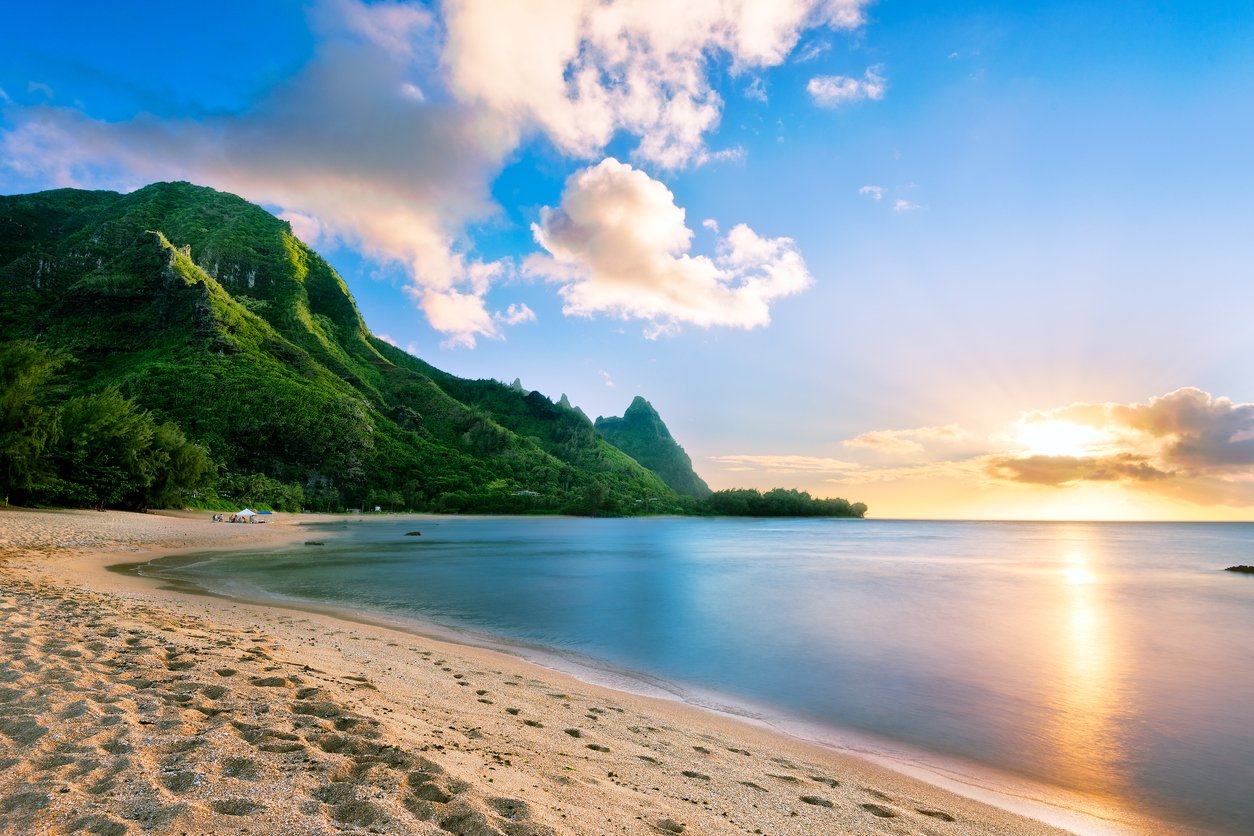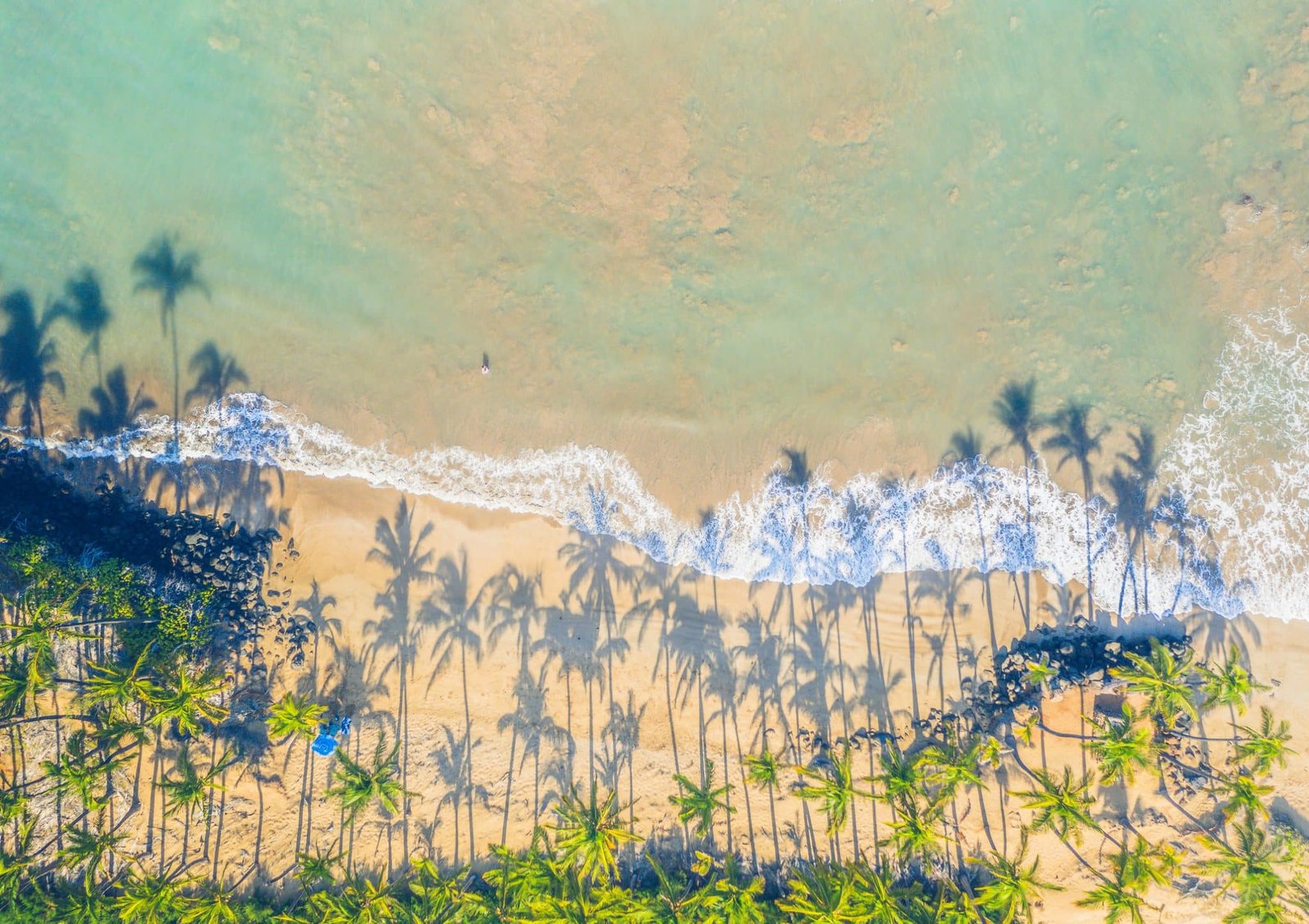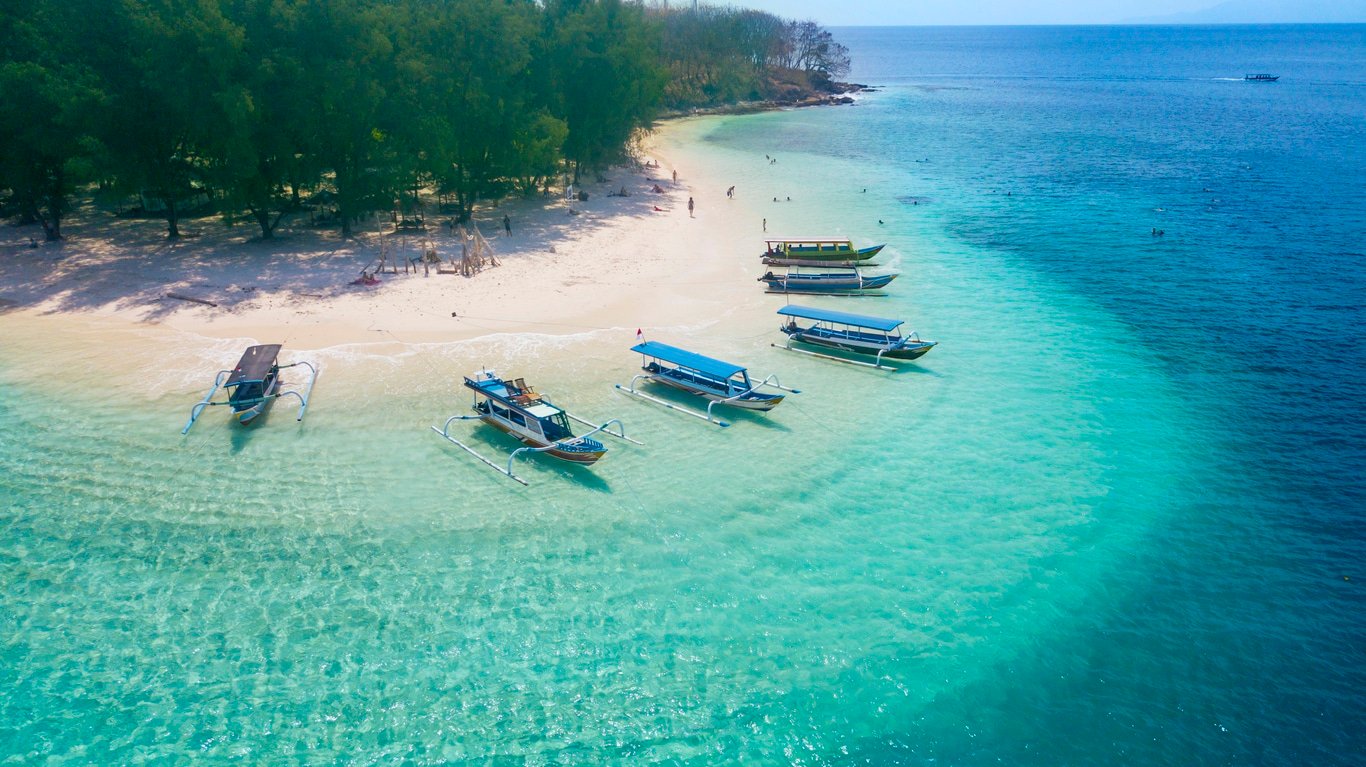Beautiful & Rare Birds of Maui: Where to Find Them, Photos & More!
Maui is a fantastic tropical destination that tourists flock to every year for a chance to relax and experience everything island life has to offer.
However while visiting some of the pristine beaches, hiking through the tropical rainforests, and up the mountains, be on the lookout for some of the 350 different beautiful birds of Maui – 59 of which are only found on the Hawaiian islands!
While all of the birds of Maui are beautiful, listed below are some of the prettiest, rarest, and in a few cases, endemic birds of Maui.
First we look at some of the most beautiful birds on this island and show you where they live, then we share rare birds to try and spot, then a few endemic birds. Enjoy!

The Best Time To Go Birdwatching in Maui
Because the Hawaiian islands are warm throughout the entire year, you’ll be able to go bird watching any day you’re in Maui. That means you’ll always have a chance to see the endemic birds of Maui as well as others that have made this stunning island their home.
During the winter months, you will have a chance to see even more birds as many migrate to Hawaii and spend the entire winter season there. So late September until early May will be a great time to see migratory birds.
You’ll be able to see birds at all times of the day, but the early morning between 7 am – 11 am is your best chance to see them actively foraging for food. (Recommended: Birds of Kauai).

Maui’s Most Beautiful Birds
1. Northern Cardinal
The Northern Cardinal was introduced to Hawaii in 1929 from South America and has continued to thrive since. It can grow to around 9 inches long and has a red head and body with a crest that can raise like a mohawk when threatened or excited. It also has black patches around the face and butt.
Habitat
You’ll find the Northern Cardinal throughout Maui, especially at lower elevations and even in urban areas such as parks and gardens. So you will have an excellent chance to find this bright red bird anywhere you go.
Endangered Status
The Northern Cardinal is not endangered and can be found in much of the United States and the rest of the Americas.

2. ‘I’iwi
The ‘I’iwi is also known as the scarlet honeycreeper and is a mostly scarlet-colored bird, with black wings and a long orange bill designed to drink nectar easily. It can grow to around 6 inches long.
The ‘I’iwi is the third most common native land bird you’ll find in Maui and the rest of Hawaii. It can be quite loud and aggressive towards other birds around nectar sources, as it doesn’t like to share!
Habitat
Most of the ‘I’Iwi within Maui can be found in the wet high-elevation forests in East Maui.
Endangered Status
The ‘I’iwi is listed as threatened, though there are still around 543,000 on the Hawaiian islands, which makes up 90% of the global population of them.
3. Great Frigatebird
The Great Frigatebird or ‘Iwa, is a seabird that can grow to around 4.5 feet long with a 7.5 foot long wingspan.
While it’s mostly black with a white neck and chest, it can inflate its red gular sac which looks impressive.
Great Frigatebirds will often follow large tuna or dolphins who push fish to the surface and then they snatch the fish while flying; they will not land on the water as they may not be able to take off if they do.
They also feed on other seabirds, snatching chicks from their colonies, and may even chase adult birds to make them regurgitate their food.
Habitat
The Great Frigatebird nests in the Northern Hawaiian islands, but regularly passes through Maui. Ke’anae Peninsula is a great spot to see them.
Endangered Status
These Maui birds are not endangered and there is a large migratory population.
4. House Finch
The female House Finch has a brown and black speckled body; however, the male has bright crimson markings on its head and chest, making it really stand out.
It was introduced to Hawaii in the 1800s but has now spread throughout all of Hawaii. It can grow to around 5-6 inches long with an average weight of 21 grams.
Habitat
You can find the House Finch out while trekking through coastal areas and even high up in the mountains of Maui. However it’s very common in urban areas too. So whether you’re hiking or just spending time at the park you’ll find them.
Endangered Status
The House Finch is not endangered and can be found throughout the United States.

5. Hawaiian Black-Necked Stilt
The Hawaiian Black-Necked Stilt or A’eo, is a small bird with very long legs, which can grow up to 15 inches long and weigh around 180 grams.
It has a black head and top feathers, while its underside is white. It also has long pink legs and a long black bill, and actually have the longest legs of any bird their size.
Unfortunately, these Maui birds have many natural and introduced predators, and they were a popular game bird for hunters until all waterbird hunting was banned in 1939.
Habitat
The Hawaiian Black-Necked Stilt can be found in coastal wetlands or any shallow body of water. Some known areas are Kealia Pond National Wildlife Refuge, Kanaha Pond State Wildlife Sancutary, and Wai’anapanpa State Park.
Endangered Status
Hawaiian Black-Necked Stilts are endangered and considered imperilled, with around 1,100 to 1,700 adult birds.
6. Lovebirds
Lovebirds are a beautiful looking and sounding type of parrot introduced to Hawaii as pets, but many have since escaped or been released and are now breeding in the wild.
They are generally green, but with a variety of bright colors such as reds and blues around their heads, tails, and wings.
They love to feed on fruit, and many local residents consider them to be pests because they lose fruit to them. They’re also known to bore into homes and into ceilings to nest, so can cause damage to property.
Habitat
South Maui near Wailea-Makena has a large population close to urban areas, and East Maui around Nahiku has another large population in the tropical forests.
Endangered Status
Lovebirds are not endangered and can be seen in the wild throughout the world and as pets.
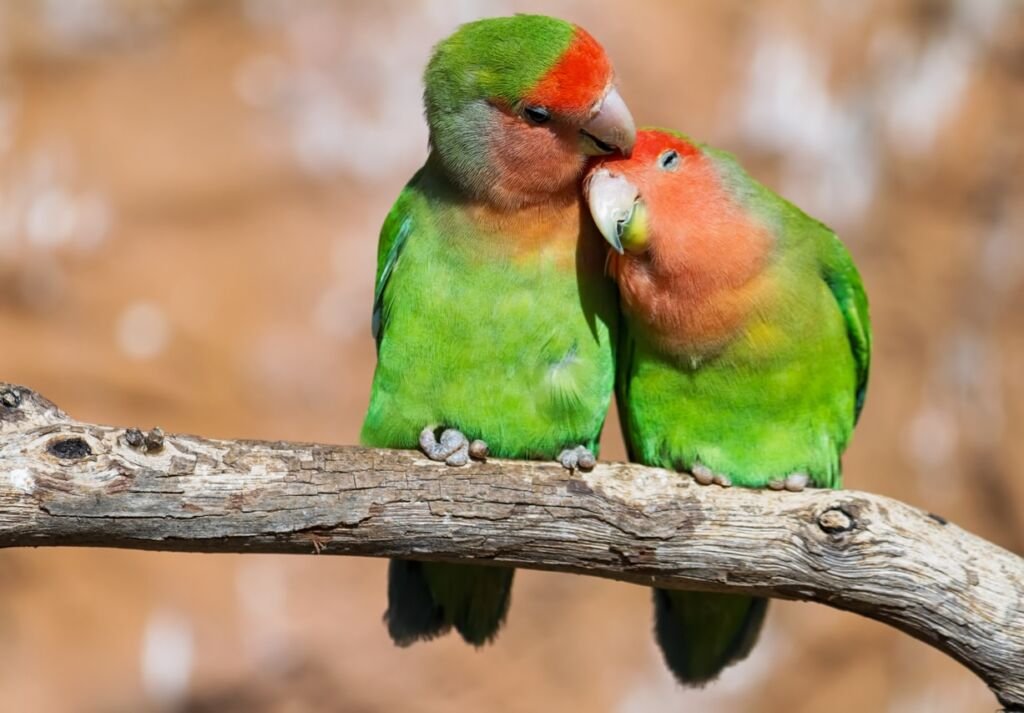
7. Zebra Dove
The Zebra Dove is an introduced species arriving sometime in the 1920s. It’s brown with black and white stripes like a Zebra on its upper feathers, with pink or blue under feathers with black Zebra bars across. It’s around 9 inches long and can weigh up to 60 grams.
They have a delightful and calming sound, described as cooing. This makes them a welcome guest to any urban areas they are visiting.
Habitat
Within Maui, you will find the Zebra Dove throughout the entire island, especially in urban areas near parks and restaurants, where it likes to feed.
Endangered Status
The Zebra Dove is not endangered and can be found throughout.

Maui’s Rarest Birds
1. Maui ‘Alauahio
The Maui ʻalauahio is a forest bird similar to other Hawaiian Honeycreepers, but it’s only found in a few small areas that you will need to trek to if you want to see them.
Males are light yellow, while females are light olive with some yellow streaks. It can grow to around 4 inches long and can weigh up to 20 grams.
These Maui birds are known to collectively build nests and help each other. This is not seen in other Hawaiian Honeycreepers.
Habitat
You will only be able to see the Maui ‘Alauahio in three areas of East Maui and all above 3000 feet elevation. All locations are in the Halealakā National Park, the Rainforest Belt, Hosmer’s Grove, and Polipoli Springs State Recreation Area.
Endangered Status
The Maui ʻalauahio is endangered with around 20,000 – 50,000 left due to habitat loss and even disease from introduced plants.
2. ʻAkohekohe
The ʻAkohekohe is another Hawaiian Honeycreeper. It has shiny black feathers with white specks, and has orange patches on its neck above the wings.
It also has a distinctive white crest on its head that helps to spot and distinguish it, and can grow to 7 inches long and weigh up to 54 grams.
Like some other nectar-feeding birds in Maui, it can get very aggressive with other species when they’re competing over nectar, including the i’iwi and ‘apapane.
Habitat
You will need to travel to East Maui into the wet forests to find the ʻAkohekohe, mostly in Koa and ōhiʻa lehua, at elevations of 4,200 – 7,100 feet.
Endangered Status
The ʻAkohekohe is critically endangered, with around 3,800 left. It was even thought to be extinct until a population in East Maui was found in 1945.
3. Maui Parrotbill
The Maui Parrotbill is another Hawaiian Honeycreeper endemic to Maui. It can reach up to 5.5 inches long and weigh up to 25 grams.
Its upper feathers are olive, with the under feathers being yellow and it has a bright yellow supercilium or long strip of bright yellow feathers along both sides of its head.
Maui Parrotbills are monogamous and only raise one chick per season. The chick will then stay with the parents for up to 8 months.
Habitat
You will only find the Maui Parrotbill in East Maui in a 19 square mile area of mesic and wet forests between an elevation of 4,000 – 7,000 feet on the windbound side of Haleakala.
Endangered Status
The Maui Parrotbill is critically endangered, with around 150 birds left. It’s estimated that they will become extinct by 2027 due to mosquitoes infecting them with avian malaria.
4. Hawaiian Hawk
The Hawaiian Hawk or ‘io is a raptor that only breeds on the Big Island but can be found in Maui. You’ll see them in two distinct colors: dark brown with some white, and light brown with some white.
They can be up to 18 inches long and weigh 605 grams, with females being larger than males.
The Hawaiian Hawk will stay in a territory year-round and defend it from anything trying to enter. Historically, it was considered a royal symbol in Hawaii and is sometimes referred to as ‘iolani or exulted hawk.
Habitat
The Hawaiian Hawk primarily lives on the Big Island of Hawaii but can be seen in Maui. Wai’anapanapa State Park, Maalaea, Kahului, and Kula Forest Reserve are your best chances.
Endangered Status
Hawaiian Hawks were recently on the endangered list but in 2020 were taken off, but they are still considered under threat. There are 3,000 Hawaiian Hawks left in the wild.
Maui’s Other Endemic Birds
1. Nene (Hawaiian Goose)
The Nene is endemic to Hawaii and is the state bird. Its name, nene, comes from the soft call that it makes.
This bird can grow up to 27 inches long and 16 inches tall and can weigh almost 7 lbs, with the males being larger than the females. It has a black head and feet, with a black and white striped body.
Nene evolved from Canadian Geese around 500,000 years ago but look and act remarkably similar to today’s Canadian Geese.
Habitat
You will have the best chance of finding the Nene in Haleakala National Park; they prefer shrubland, grassland, dunes, and lava plains.
Endangered Status
The Nene is endangered, with around 2,500 left in Hawaii, and it’s considered the world’s rarest goose. Introduced predators and hunting reduced the population to 30 by 1952, and conservation efforts have been underway since to bring the population back.
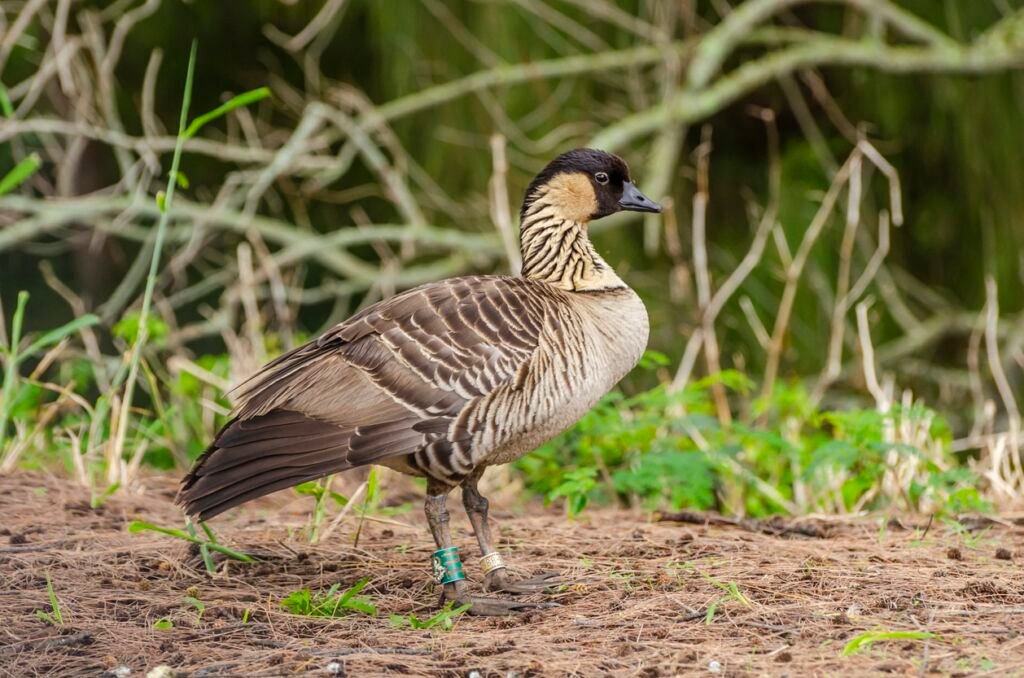
2. Koloa (Hawaiian Duck)
The Koloa is a non-migratory duck with mallards as their ancient ancestors. They appear mottled brown with a green or blue patch near their tail and look very similar to Mallards and can even interbreed with them, so telling them all apart is often challenging.
They can grow to around 19 inches long and weigh up to 600 grams. Males are larger and darker than females.
Habitat
Koloa can be found throughout Maui in any ponds, and it may be difficult to tell them apart from mallards.
Endangered Status
The Koloa is endangered, with around 2,200 left. One of the population’s most significant issues is interbreeding with mallards, as fertile offspring create hybrids.
3. Pueo
The Pueo is an endemic short-eared owl, which unlike other owls, hunts during daylight hours in open pastures and forests. Pueo have a white ring around their face, and their bodies are a mottled brown. They can grow to be 15 inches tall, 16 inches long, and weigh up to 680 grams.
Habitat
You’ll be able to find the Pueo throughout all of the main forests of Maui, from seas level up to an elevation of 8,000 feet. A great location is Hosmer Grove in Haleakala National Park.
Endangered Status
Pueo are not endangered and can be found throughout Hawaii, though they are listed as endangered on O’ahu specifically.


